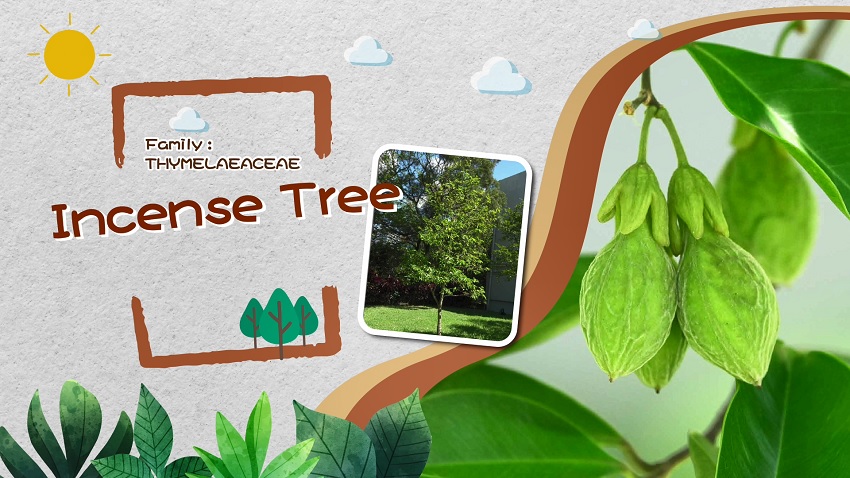| Origins | Guangdong, Guangxi, Hainan and Fujian. |
|---|---|
| Applications | As we all know, Incense Tree is the source of agarwood, which is a valuable incense. When the trunk of old tree injured, fungi would invade. At that time the tree releases resin for defence, this process is called “agar formation”. Hence agarwood is the product of Incense Tree and fungi. Apart from being an incense, applied as a Traditional Chinese Medicine, agarwood (Chenxiang) exhibits the functions of moving qi and relieving pain, warming the centre and stopping vomiting, promoting qi absorption and calming panting. The bark is the raw materials of high-quality papers, while the timber can be used to produce refined fragrance oil and joss sticks. |
| Relationship with Hong Kong | According to a historian Professor LO Hsiang-Lin, the Chinese character “Hong (香, means fragrant)” in Hong Kong (香港) is referring to the Incense Tree, ascribed by Hong Kong was the main place of production and port (“港” in Chinese, transliteration as “Kong”) of conveyance. |
| Ecology | The species is one of the Fungshui wood species and also native to Hong Kong, providing shelters and nectars to the local animals. However, its value threatens its survival, as it is targeted by illegal collectors in recent years. Incense tree is graded as “Vulnerable” species in the International Union for Conservation of Nature Red List of Threatened Species, and also recorded in the China Plant Red Data Book as “Vulnerable” species. Meanwhile, Incense tree is shortlisted in the local Rare and Precious Plants of Hong Kong, under the control of Hong Kong Ordinance Chapter 586 The Protection of Endangered Species of Animals and Plants Ordinance. The aforementioned reflects the situation of the wild species is extremely precarious. Hence we ought to protect and treasure the Incense Tree in urban areas and countryside. |








